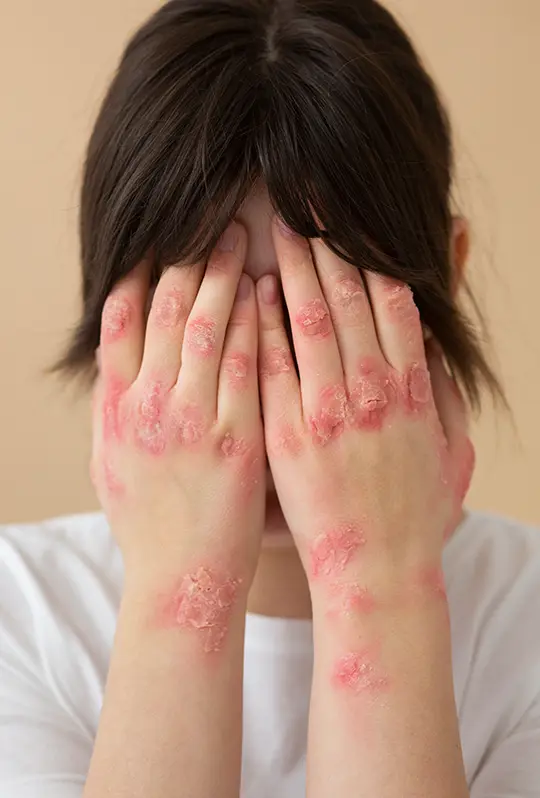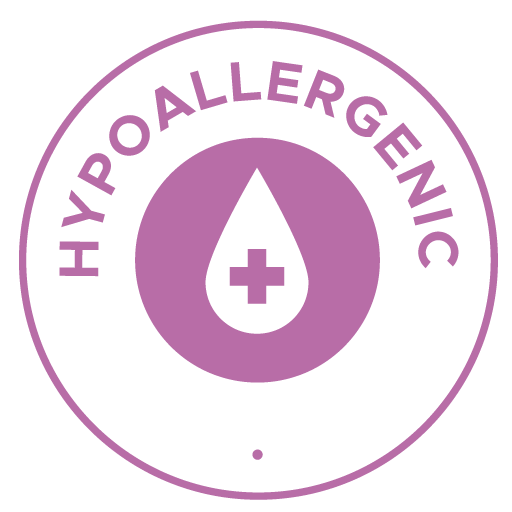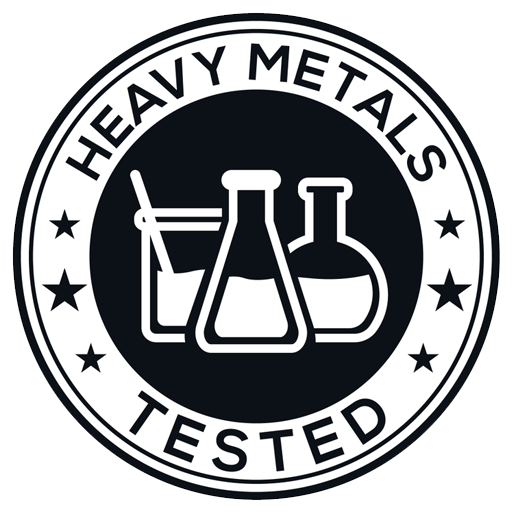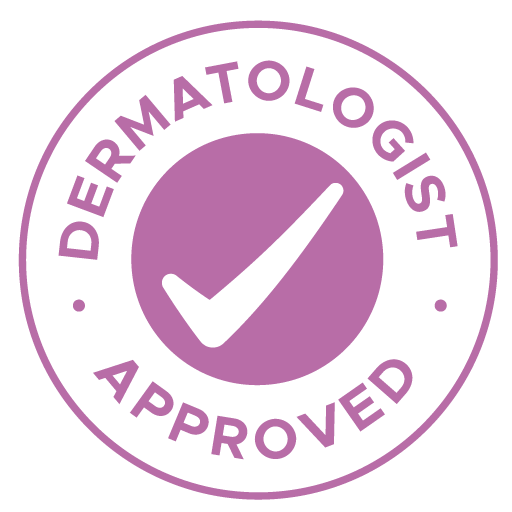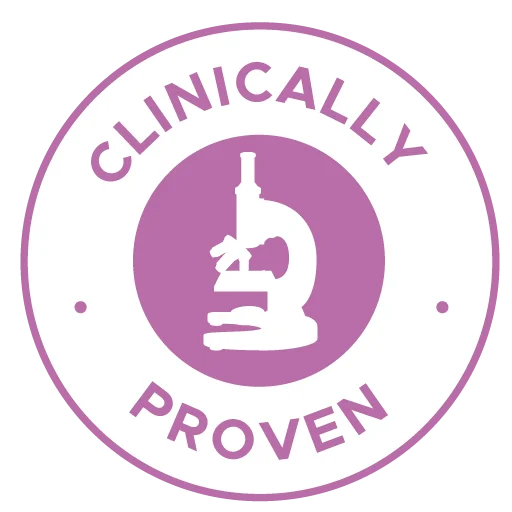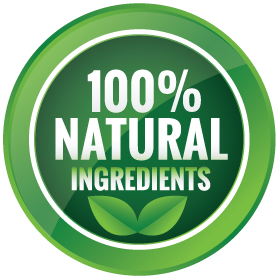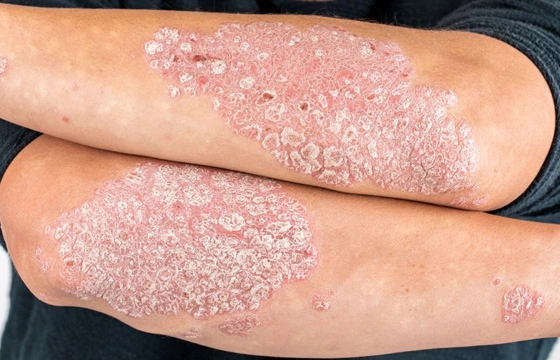
Psoriasis
Psoriasis is an autoimmune condition whereby the immune system mistakenly attacks healthy skin cells causing them to multiply too rapidly. A healthy turnover of skin allows old cells to shed before new skin cells are produced.
Psoriasis plaques can affect any area of the body. When skin cells multiply too rapidly, new cells push up old cells to the outmost layer of the skin. This causes the primary symptom of psoriasis – areas of thick, dry skin covered with silvery scales, known as plaques. These plaques can be sore and itchy as well as unsightly. Psoriasis typically affects the elbows, knees, scalp, nails and trunk of the body, but plaques can appear anywhere on the body.
In some people, the effects of psoriasis are not restricted to the skin. Chronic inflammation present in a specific type of psoriasis, known as psoriatic arthritis, affect the joints, causing swelling, stiffness and pain. It is thought that up to 1 in 4 people with psoriasis also go on to develop psoriatic arthritis.
What causes Psoriasis?
The autoimmune nature of psoriasis causes systemic inflammation which speeds up skin cell growth and the tell-tale signs of plaques. It is thought that the combination of environmental factors and genetics play a role in the initiation and subsequent development of psoriasis. Unfortunately, some people are simply more predisposed to developing psoriasis and outer autoimmune conditions than others. Another skin condition, lichen sclerosis, which typically shows up as white, itchy patches on the genitals and other areas of the body, is also thought to be an autoimmune reaction. Recent research indicates some possible links between lichen sclerosis and psoriasis, particularly for women.
For some people, their first occurrence of psoriasis can happen during a particularly stressful period. We know that during high periods of stress levels of the stress hormone, cortisol, increase. The increased cortisol in turn promotes an inflammatory response throughout the whole body which can result in a worsening of psoriasis symptoms. For psoriasis sufferers any significant worsening of symptoms can lead to more stress, resulting in a vicious cycle that make psoriasis plaques more prolonged and sorer.
Since it is an autoimmune disease, an immune system problem causes the skin to regenerate faster than average. Usually, skin cells are replaced every 10 to 30 days, but in psoriasis, new cells grow every three to 4 days. This buildup of old cells replaced by new cells creates silver scales.
Other factors that trigger an outbreak of psoriasis are:
- Infections like strep throat or skin infections.
- Dry weather.
- Prolonged sun exposure.
- Skin injuries such as cuts or scrapes, sunburn, insect bites, or surgery.
- Emotional stress.
- Smoking.
- Heavy alcoholism.
- Certain medications such as antimalarial drugs, antibiotics, and blood pressure medication.
- Obesity.
- Tattoos.
- Hormonal changes, especially in women. For example, puberty and menopause.
What Does Psoriasis Look Like?
The signs and symptoms of psoriasis can vary from person to person.
The most common signs and symptoms include:
- Red patches of skin, often covered with thick, silvery scales.
- Tiny scaling spots are often seen in children.
- Dry, itchy, cracked skin that may bleed.
- Discoloured, pitted, or ridged nails.
- Swollen and stiff joints.
- Itching, burning, or soreness.
- The crust on the scalp.
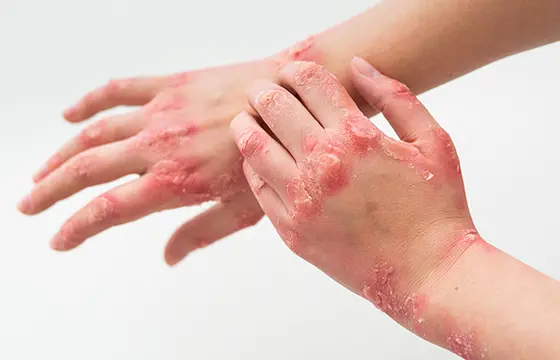
What Are the Conventional Treatments for Psoriasis?
Traditional treatments for psoriasis depend on the severity and location of clinical symptoms, individual response, and age.
Treatments & Management for mild to moderate psoriasis include:
- Topical corticosteroids.
- Topical retinoid, including Vitamin A.
- Vitamin D contains creams or ointments.
- Salicylic acid.
- Coal tar.
- Moisturizers for dry skin.
Treatments & management available for severe outbreaks include:
- Systemic drugs.
- Immunosuppressant’s.
- Biologic treatments.
- Phototherapy and laser therapies when combined with other treatments.
- Enzyme inhibitor.
Modern day treatments:
- Topical steroids, are anti-inflammatory drugs applied directly to the skin. These medications are one common treatment for psoriasis.
- Photo Therapy or Light therapy, when a person has moderate to severe psoriasis or psoriasis that has not responded to other treatments. However, it may not be suitable for everyone. One possible drawback is that long-term exposure to light therapy can increase the risk of skin cancer.
Short falls in Treatments
Side effects of steroids
Steroid creams can cause changes to your skin like:
- Thinning
- Easier bruising
- Color changes (for instance, your skin may appear lighter, darker, reddish, or purplish, depending on your natural skin tone)
- Stretch marks
- Steroid-induced rosacea
- Acne
Your risk of side effects goes up if you use steroid cream:
- With a high potency
- Over large surface areas
for longer than 3 weeks
Side effects of light therapy, Cost & Non – Compliance
Depending on a person’s known sensitivity to UV light, a doctor may not recommend light therapy.
However, even people with no known sensitivity may experience:
- Mild sunburn
- A stinging or itching sensation
- Skin changes such as dark spots or wrinkling
- Blisters
- An increased risk of skin cancer
For people receiving PUVA, experts recommend limiting the lifetime usage to 150 sessions Trusted Source to lower the risk of skin cancer & an expensive affair.
People receiving UVB treatment should undergo a review after 500 sessions & costly too.
Types of Psoriasis
Plaque Psoriasis
Plaque psoriasis is the most common type of psoriasis. About 80% to 90% of people with psoriasis have plaque psoriasis.
Inverse Psoriasis
This type appears in your skin folds. It causes thin plaques without scales.
Guttate Psoriasis
Guttate psoriasis may appear after a sore throat caused by a streptococcal infection. It looks like small, red, drop-shaped scaly spots and often affects children and young adults.
Erythrodermic Psoriasis
This is a severe type of psoriasis that affects a large area (more than 90%) of your skin. It causes widespread skin discoloration and skin shedding.
Sebopsoriasis
This type typically appears on your face and scalp as bumps and plaques with a greasy, yellow scale. This is a cross between psoriasis and seborrheic dermatitis.
Nail Psoriasis
Nail psoriasis causes skin discoloration, pitting and changes to your fingernails and toenails.
